Laboratory of Ocean Ecosystem Dynamics
Tokyo University of Marine Science and Technology


For more information, please refer to article corner or member's personal page.
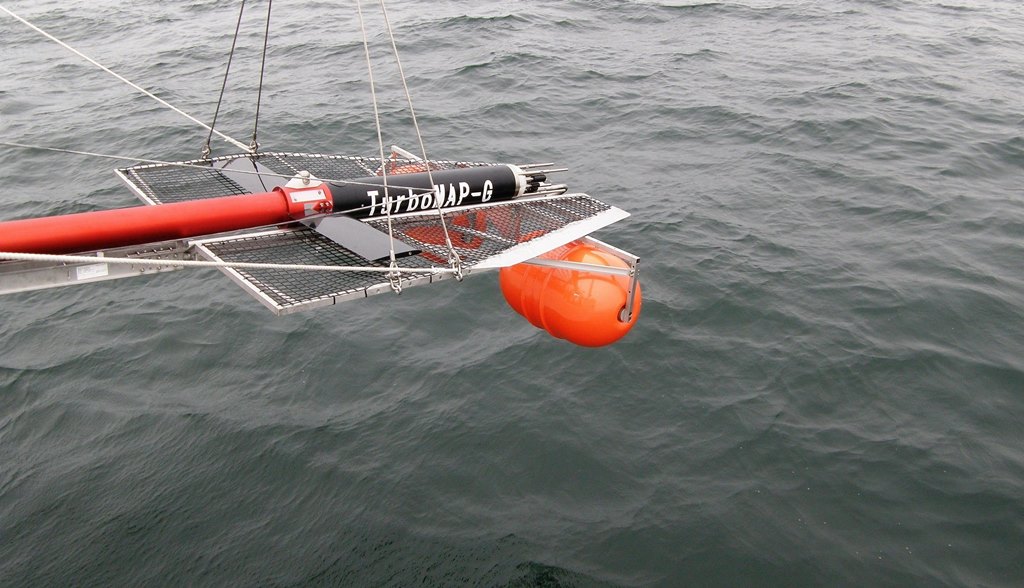
The daily cycles of heating, cooling, winds, rain and changes in temperature and/or humidity produce a hierarchy of physical processes that act and interact to stir the upper ocean (Moum and Smyth 2001 ). The mixed layer is a result of the manifestation of those active mixing processes and plays an important role for a wide variety of problems concerning climate, biological productivity and marine pollution (Yamazaki et al. 2002
). The mixed layer is a result of the manifestation of those active mixing processes and plays an important role for a wide variety of problems concerning climate, biological productivity and marine pollution (Yamazaki et al. 2002 ).
).
To further the study of these issues, we have developed a new tethered quasi-horizontal microstructure glider that measures ocean microstructure temperature and turbulent velocity shear: TurboMAP-Glider (TMG). The high-resolution bio-optical sensors that TMG carries can simultaneously measure chlorophyll and turbidity, which makes the TMG a unique instrument capable of measuring the effect of turbulence upon biological constituents through a quasi-horizontal perspective.
How can we describe the horizontal variation of bio-physical phenomena in the upper ocean? TMG comes as part of the effort inside our laboratory to elucidate the effect of horizontal gradients in the upper ocean, which is not very well understood at this point in time.
Also see member's page Foloni Neto
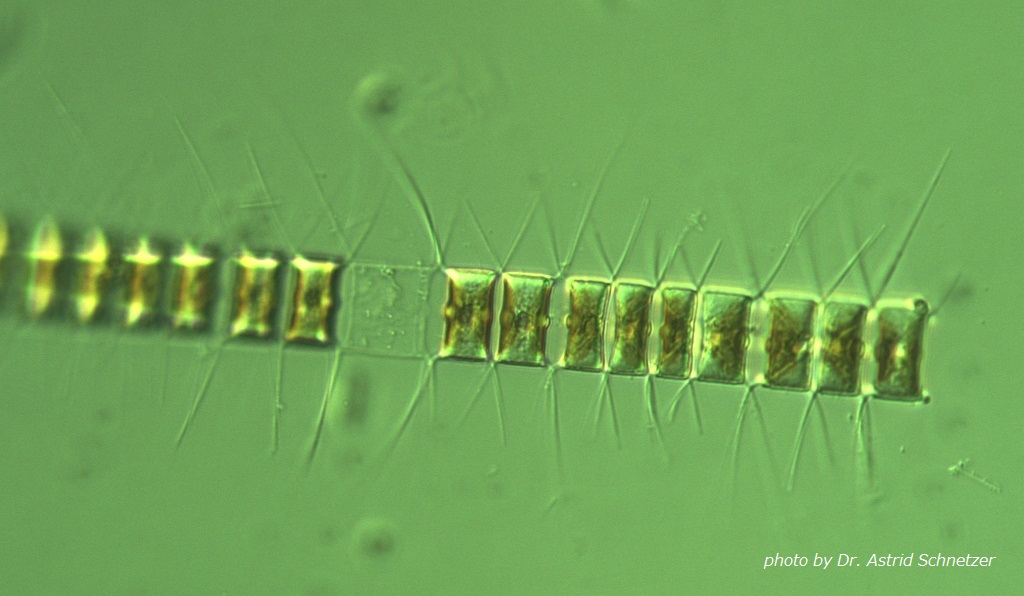
The ocean is home to marine organisms ranging from the almost-invisible zooplankton to the enormous great blue whale. These various organisms are anywhere from less than 1 millimeter to over 10 meters, but regardless of size, the majority of ocean life depend on phytoplankton.
Ocean researchers theorize that the role of phytoplankton in the ocean is comparable to that of plants and trees on land. The biology of plankton under natural conditions is not well understood, but male-female and predator-prey relationships are only a few of the many complex interactions among plankton that appear to exist.
Our laboratory is particularly interested in phytoplankton patchiness. The size of one patch is from few hundreds or tens of μm to few mm, and these patches seem to play an important role in the microscopic but vast world of plankton.
Also see member's page Tanaka
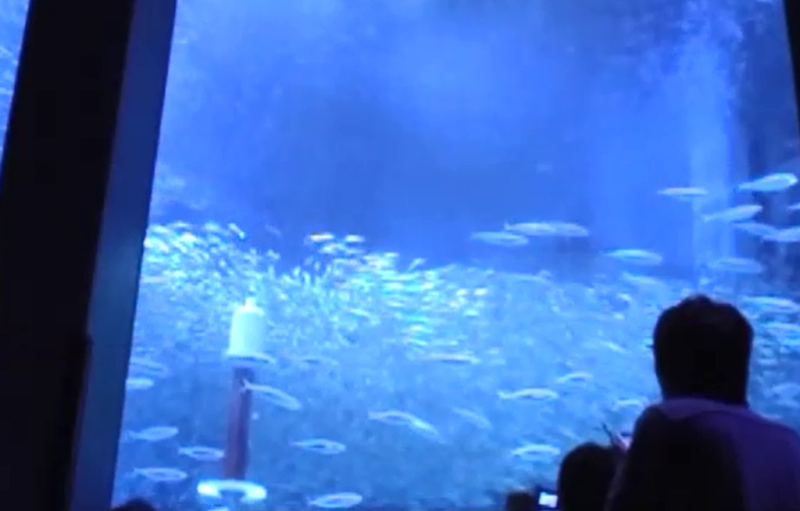
Do marine organisms cause ocean mixing?
This question is currently the topic of much debate, and the research community is divided into two camps: one that asserts that marine organisms do mix the ocean and another that holds that marine organisms do not mix the ocean significantly.
The mechanism of ocean mixing seems to be driven by physical triggers (wind and tide) and biological triggers (daily vertical migration of organisms and migration of fish schools), but research concerning the latter trigger has long been neglected.
Interested in exploring these biological triggers, our laboratory conducted an observational experiment using the living bodies of fish in an aquarium. The experiment was a success thanks to the staff at Yokohama Hakkeijima Sea Paradise, Japan.
Also see member's page Tanaka
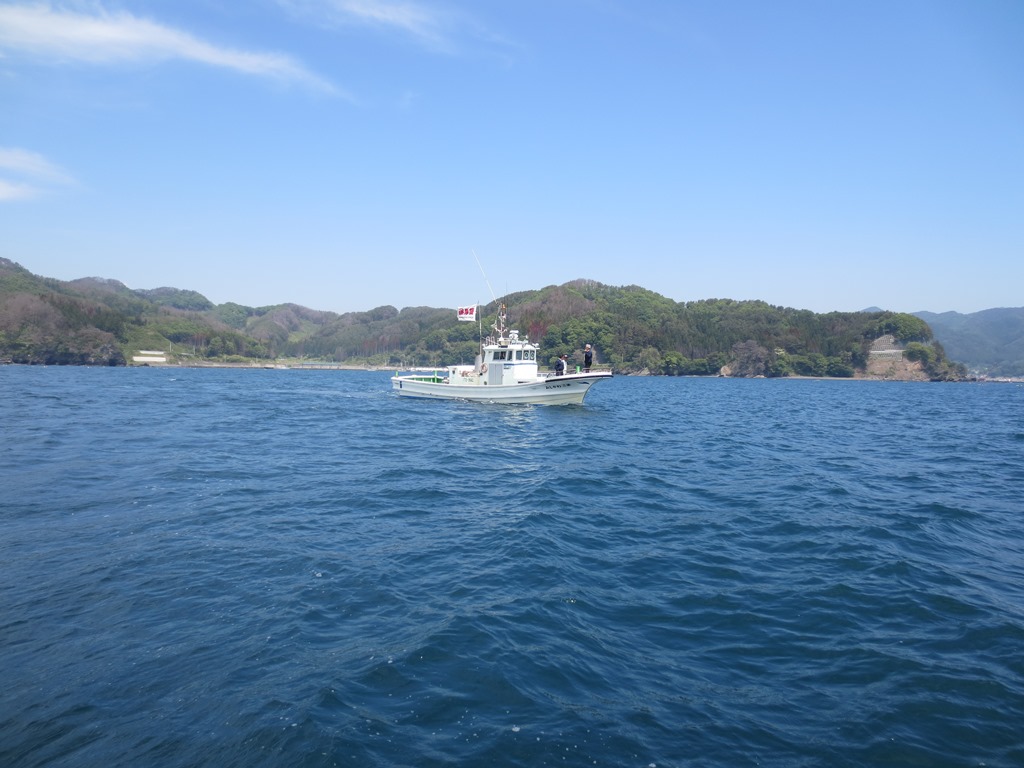
Nutrient, iron and sediment exchange between coastal areas and the open ocean are important for biological production and ecosystems on a global scale. Even though coastal areas are adjacent to our living places, the physical and biological processes associated with those areas are not well understood. We are trying to learn more about these processes. Our coastal research consists of three parts:
(1) Developing new instruments to observe coastal features, e.g. the YODA Profiler and TurboMAP-Glider. These instruments have produced images of fine scale physical and biological features in shallow coastal areas.
(2) In-situ observations at Tokyo Bay, Otsuchi Bay (Iwate Prefecture, Tohoku) and around Oshima Island (Tokyo). Observed results have revealed fine features of internal waves propagating along slopes and sediment resuspension processes due to internal waves.
(3) Numerical simulations with SUNTANS (a nonhydrostatic coastal ocean simulation tool developed by Fringer et al. (2006)) to investigate coastal physical processes. Numerical results have showed internal bore waves propagating along slopes, which is consistent with observed results.
Our research, which consists of these three parts, suggests that nonlinear internal waves and their breaking, enhanced by topographic effects, largely influence nutrient and sediment transport in coastal areas.
Also see member's page Masunaga
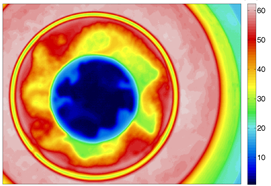
During typical field observations, thermometers are used to measure temperature distribution. Thermometers acquire temperature distribution vertically at just one particular point, but important ocean phenomena such as ocean fronts move dynamically and horizontally. Therefore, conventional thermometer is not sufficient to understand fully such ocean events.
To observe ocean phenomena from multiple angles, we measured temperature distribution using an infrared camera in addition to a conventional thermometer. The photo shown above is an infrared photo of the water surface. We are analyzing data gathered by our lab from the Kuroshio current region and is also working on creating on a method to take infrared photos of the ocean surface from the sky.
Also see member's page Furuyama
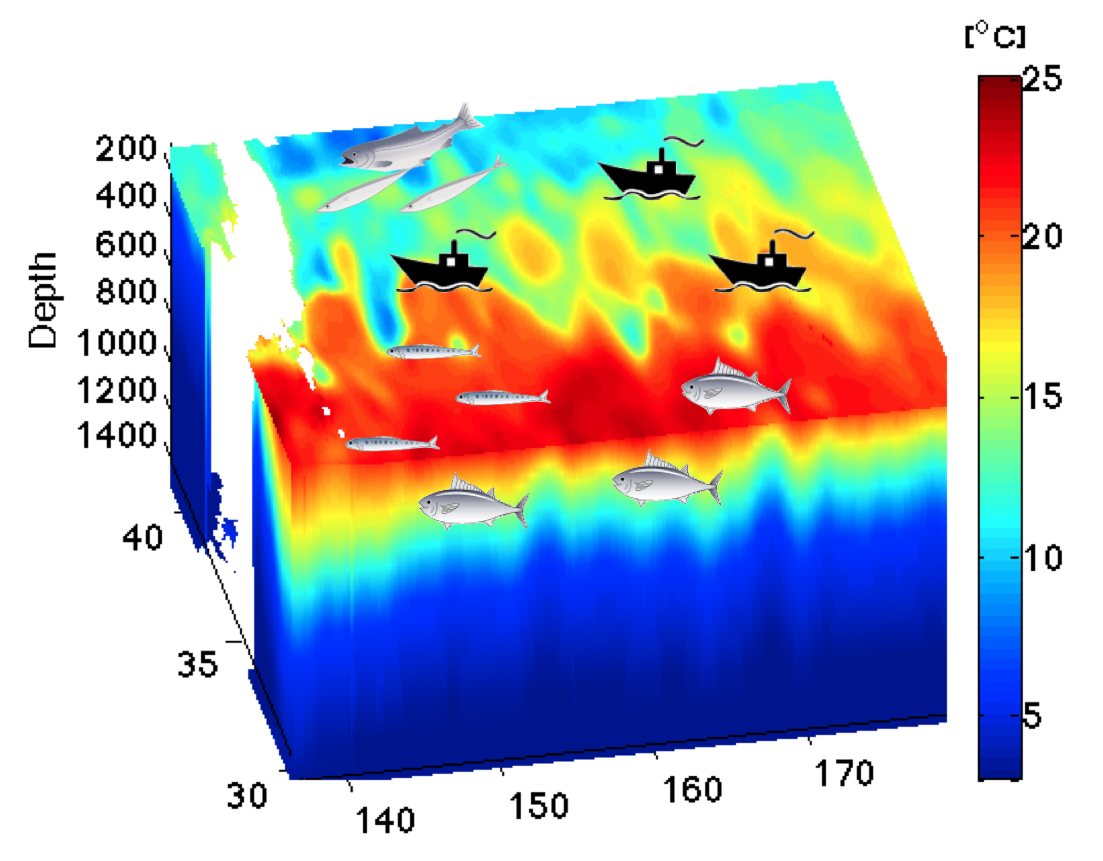
In our lab, we estimate 3-dimensional structures of temperature and salinity in near-real-time by combining satellite data and in-situ observation data. The products of this research are expected to be used for data assimilation and the prediction of the location of fertile fishing ground.
Salmon, one of the principal species of fish in Sanriku region fisheries (the east- shore region of northern Japan), migrate southward to the Sanriku region with a cold water mass called the Oyashio in order to return to their home river (e.g. Otsuchi River). Research indicates that if the cold water mass cannot reach the Sanriku region, salmon cannot approach the coast. Additionally, salmon migrate not only horizontally but also vertically, from the ocean surface to depths of a few hundred meters. It is known that 3-dimensional (horizontal and vertical) temperature structures strongly affect salmon migration patterns.
Salmon is only one example. Other pelagic fish also migrate widely throughout the open ocean and are affected by 3-dimensional temperature and salinity structures. The information about 3-dimensional temperature and salinity structures obtained by our laboratory may be useful in identifying fish distribution.
As part of this project, near-real-time maps of temperature and salinity in the Sanriku region are provided on our website.
Also see member's page Okamoto
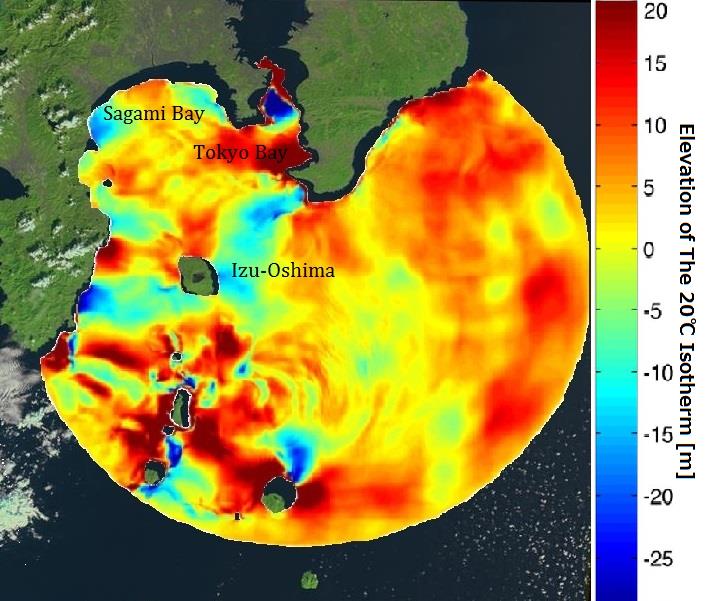
There are two main research themes in this laboratory. One is the study of how plankton react to turbulence in the microscopic world. The second is how large scale phenomena such as internal tide and the Kuroshio govern local oceanic physical characteristics such as turbulence and stratification. By connecting these two themes, we are coming to understand how and to what extent large scale phenomena affect the plankton ecosystem.
By checking consistency between the ocean model calculation result and actual observation data, we validate that the ocean phenomena models generated by the computer are close to the true phenomena. Using ocean modeling, we study the mechanisms that characterize observed ocean phenomena. In addition, we predict what kind of ocean phenomena will occur under certain conditions.
Also see member's page Nugraha